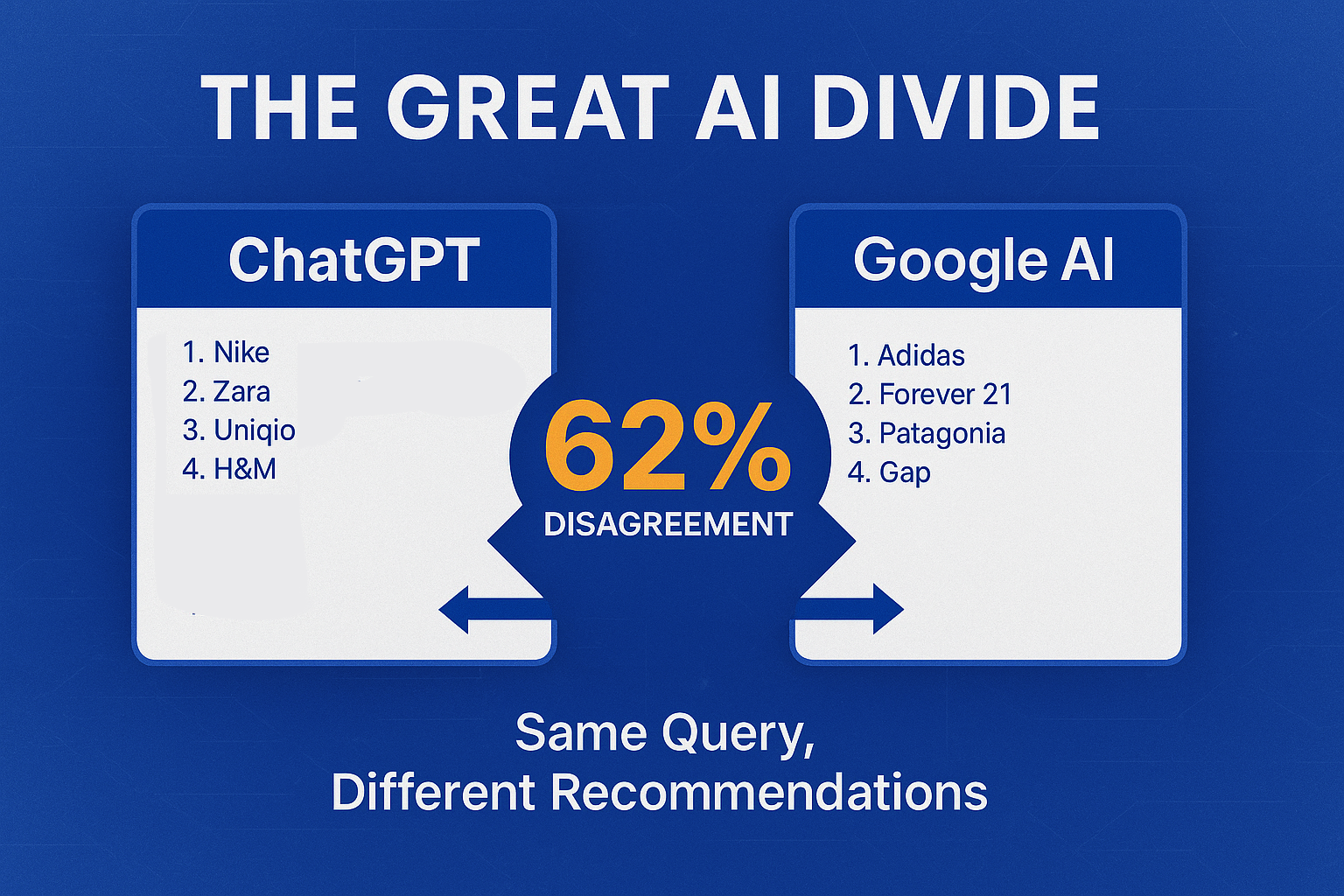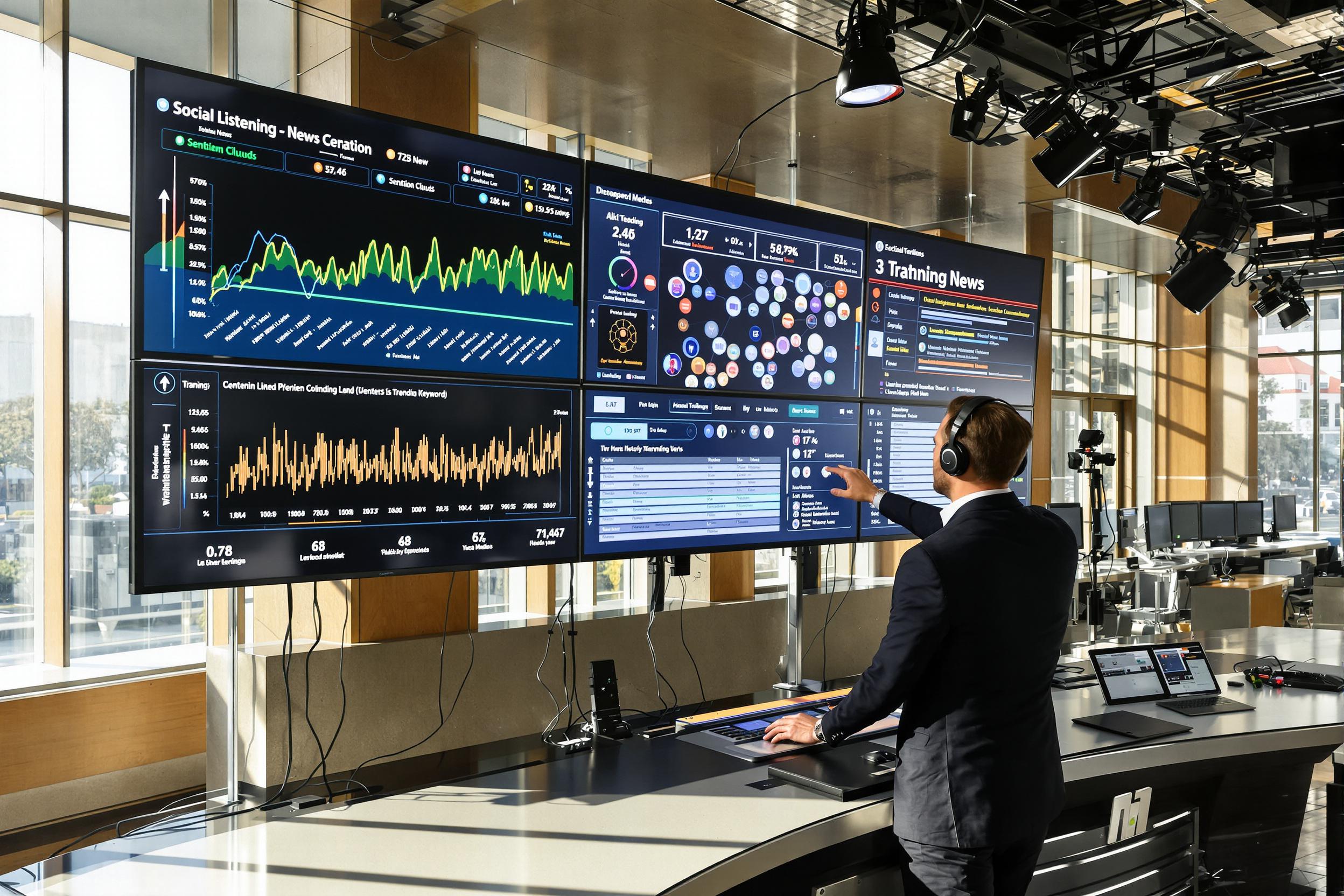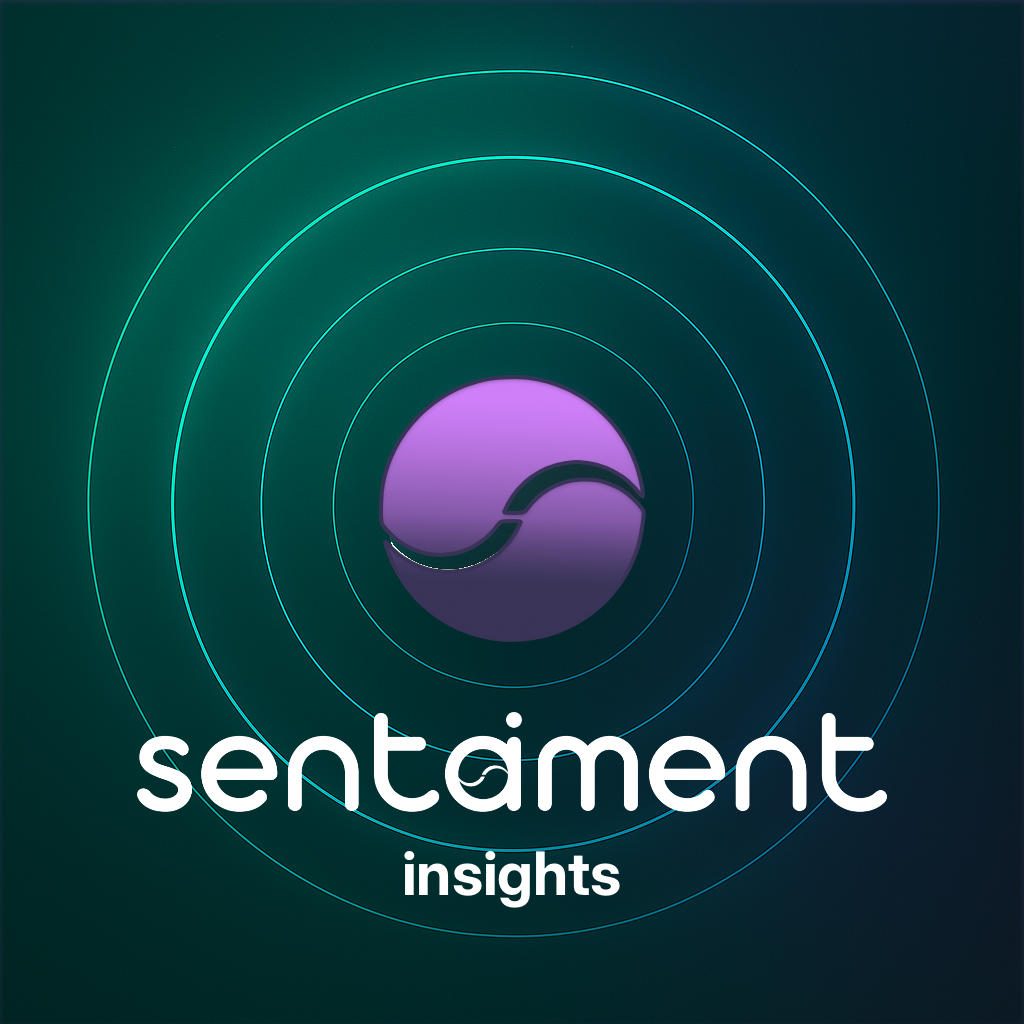Introduction
The culmination of the BEACON methodology isn't just better AI brand representation—it's transforming that improved representation into strategic business advantage. According to Signal AI, "Harvard Business Review estimates that 70 to 80 percent of a company's market value comes from hard-to-assess intangible assets like brand equity, intellectual capital, and goodwill" Signal AI, 2023. This final installment explores how to navigate the AI brand landscape by integrating AI brand intelligence into core business operations and strategic decision-making.
From Insight to Action: The Navigation Framework
Effective navigation requires transforming AI brand data into actionable intelligence across your organization. Research from MIT and McKinsey has identified four factors that set leading AI-powered companies apart: executive sponsorship, mature ecosystem partnerships, cross-departmental collaboration, and strategic implementation of high-value use cases HBR, 2025.
-
Executive Dashboard Development
- Creation of real-time AI brand health metrics
- Integration with existing business KPIs
- Strategic alert systems for critical changes
- Implementation of comprehensive brand monitoring across 280+ LLMs
-
Cross-functional Implementation
- Marketing: Campaign development informed by AI representation
- Product: Feature prioritization based on AI visibility
- Customer Service: Addressing misconceptions propagated by AI
- PR: Crisis management informed by AI narrative tracking
- Legal: Compliance monitoring for regulated industries
-
Predictive Intelligence Applications
- Forecasting potential AI narrative shifts
- Identifying emerging reputation risks
- Discovering new market opportunities
- Anticipating competitive moves
- Leveraging advanced social listening for early warning signals
Companies investing in these capabilities gain significant competitive advantage. As one indicator of this market opportunity, research shows most businesses now use AI-powered social listening tools for functionality ranging from monitoring brand mentions to identifying trends and influential voices Firmbee, 2024.
The Echo Score™: A Unified Metric for AI Brand Health
Developed through our work with enterprise clients, the Echo Score provides a comprehensive measurement of AI brand health. This approach builds on modern brand perception mapping techniques that link a brand's position to competitors according to perceived "centrality" and "distinctiveness" with its business performance along key metrics HBR, 2015.
-
Key components
- Visibility (presence across AI ecosystem)
- Accuracy (factual correctness of representation)
- Sentiment (emotional context of mentions)
- Alignment (consistency with intended positioning)
- Durability (persistence of messaging over time)
-
Strategic applications
- Quarterly business reviews and strategic planning
- Marketing effectiveness measurement
- Competitive benchmarking
- Brand equity valuation
- Early detection of brand perception shifts
-
Implementation approach
- Baseline establishment
- Target setting by component
- Regular measurement and reporting
- Executive alignment on priorities
- Integration with comprehensive AI brand monitoring
McKinsey's research indicates that companies implementing AI-powered solutions experience shorter payback periods and greater returns on investment HBR, 2025, making the Echo Score™ system a valuable strategic asset for forward-thinking organizations.
Organizational Integration
Successful AI brand navigation requires organizational integration:
-
Responsibility mapping
- Clearly assigned ownership for AI brand health
- Cross-functional accountability for improvement
- Executive sponsorship and oversight
-
Process integration
- Incorporation into content approval workflows
- Integration with brand governance procedures
- Alignment with marketing calendar
-
Skills development
- AI literacy training for key stakeholders
- Technical capabilities for implementation teams
- Strategic interpretation skills for leadership
Case Study: Strategic Navigation
A global hospitality brand implemented our navigation framework after completing the earlier BEACON phases. Their approach included leveraging advanced AI social listening tools that monitor 30+ social and digital channels in real-time, including news sites, social media, blogs, podcasts, videos, and forums Hootsuite, 2024.
Their comprehensive strategy included:
- Weekly executive briefings on AI sentiment trends across 280+ models
- Integration of Echo Scores into marketing campaign measurement
- Regional benchmarking of AI brand health against local competitors
- Proactive content development based on identified narrative gaps
- Implementation of specialized LLMO (Large Language Model Optimization) techniques
This systematic approach yielded measurable business impact:
- 22% increase in direct bookings among AI-assisted travelers
- 34% reduction in customer service inquiries related to AI misinformation
- 15% improvement in sentiment scores across priority markets
- Significant acceleration of new initiative awareness compared to previous launches
Research indicates that 40% of digital work is estimated to be automated through apps using language models by 2025 Springs, 2025, highlighting the growing importance of strategic AI navigation for brand success.
The Future of AI Brand Navigation
As AI continues to evolve, navigation strategies must adapt to increasingly sophisticated technologies and market dynamics. With a projected value of USD 6.5 billion by year-end 2024 and over 1700 companies driving innovation in the LLM sector QuickCreator, 2025, brands must continuously refine their navigation approaches.
-
Multimodal consideration
- Expanding beyond text to visual and audio AI representation
- Developing comprehensive brand presence across modalities
- Ensuring consistency across interaction types
- Implementing brand perception monitoring across all AI formats
-
Conversational depth analysis
- Moving beyond single-response analysis to extended conversations
- Understanding narrative evolution in multi-turn interactions
- Optimizing for conversational context
- Leveraging advanced AI brand monitoring for conversation tracking
-
Ecosystem approach
- Recognizing interconnections between platforms and models
- Developing holistic strategies that account for AI ecosystem dynamics
- Building resilience against individual platform changes
- Creating comprehensive LLMO strategies that span the entire AI ecosystem
The emergence of tools for LLMO/GEO (Generative Engine Optimization) signals a maturing market focused on helping brands monitor and influence their visibility across generative AI platforms Kopp Online Marketing, 2025. Forward-thinking organizations are already integrating these capabilities into their core marketing technology stacks.
Conclusion: The Continuous BEACON Cycle
The BEACON methodology isn't a one-time project but a continuous cycle:
- Regular re-benchmarking as AI systems evolve
- Ongoing evaluation of sentiment trends
- Periodic comprehensive audits
- Progressive correction of identified issues
- Continuous optimization of new content
- Strategic navigation based on emerging insights
Organizations that embrace this continuous approach position themselves not just to survive but to thrive in an AI-mediated world—where brand perception is increasingly shaped by artificial intelligence as much as human opinion.
By implementing the complete BEACON methodology, you establish your brand not just in the minds of consumers, but in the digital intelligence that increasingly informs their decisions.













